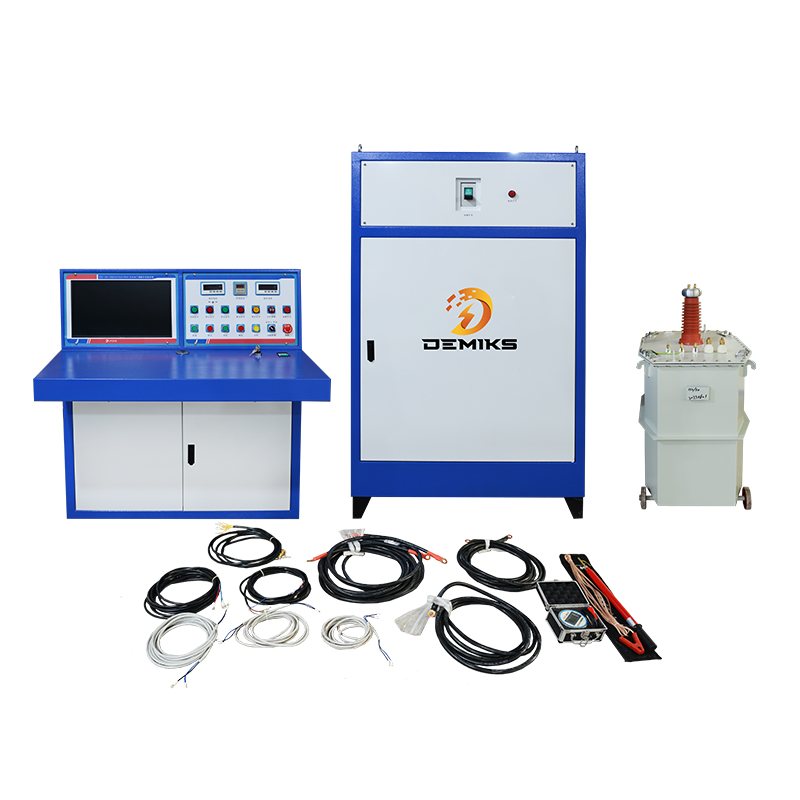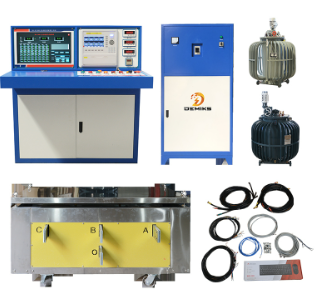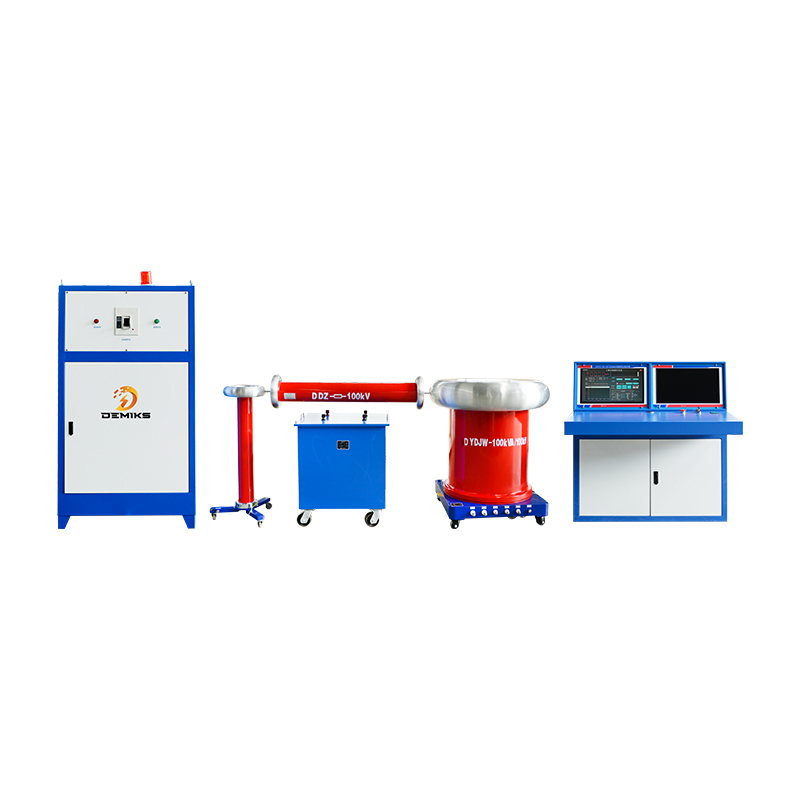Analysis of partial discharge test and introduction of application equipment
Partial discharge (PD) testing is a critical diagnostic technique used to assess the insulation integrity of high-voltage electrical equipment, such as transformers, cables, switchgear, and rotating machines. Partial discharges are localized dielectric breakdowns within the insulation system that do not completely bridge the gap between electrodes. Over time, these discharges can degrade the insulation, leading to equipment failure if not detected and addressed.
Key Aspects of Partial Discharge Testing:
Purpose:
Detect and locate partial discharges in electrical equipment.
Assess the condition of insulation systems.
Prevent unexpected failures and extend the lifespan of equipment.
Types of Partial Discharges:
Internal Discharges: Occur within voids or defects in solid or liquid insulation.
Surface Discharges: Occur along the surface of insulation.
Corona Discharges: Occur in air around sharp edges or points in high-voltage equipment.
Testing Methods:
Dissolved Gas Analysis (DGA): Detects gases produced by PD activity in oil-filled equipment.
UV Imaging: Detects corona discharges using ultraviolet cameras.
Ultrasonic Detection: Uses sensors to detect acoustic emissions from PD activity.
Conventional PD Measurement: Measures PD pulses using coupling capacitors and detection impedance.
High-Frequency Current Transformer (HFCT): Detects PD signals in the ground lead of equipment.
Transient Earth Voltage (TEV): Measures electromagnetic waves generated by PD activity.
Electrical Methods:
Acoustic Methods:
Optical Methods:
Chemical Methods:
Testing Equipment:
PD detectors and analyzers.
Coupling capacitors and impedance matching units.
Ultrasonic sensors and acoustic emission detectors.
UV cameras and optical sensors.
Gas chromatographs for DGA.
Standards and Guidelines:
IEC 60270: International standard for partial discharge measurements.
IEEE C57.113: Guide for partial discharge measurement in liquid-immersed power transformers.
ASTM D1868: Standard test method for detection and measurement of partial discharge in electrical equipment.
Procedure:
Preparation: Ensure the equipment is de-energized and safe to test.
Calibration: Calibrate the PD measurement system according to standards.
Measurement: Apply the test voltage and measure PD activity using appropriate sensors.
Analysis: Analyze the PD patterns, magnitude, and phase to assess insulation condition.
Reporting: Document findings and recommend corrective actions if necessary.
Interpretation of Results:
PD Magnitude: Indicates the severity of discharges.
PD Pattern: Helps identify the type and location of discharges.
Phase-Resolved PD Analysis: Provides detailed information on PD activity over the voltage cycle.
Applications:
Power Transformers: Detect insulation defects and moisture ingress.
Cables: Identify voids, water trees, and other defects.
Switchgear: Assess the condition of insulation and connections.
Rotating Machines: Detect stator winding insulation issues.
Benefits of Partial Discharge Testing:
Early Detection: Identifies insulation issues before they lead to catastrophic failures.
Preventive Maintenance: Helps plan maintenance activities and avoid unplanned outages.
Cost Savings: Reduces repair costs and extends equipment life.
Challenges:
Complexity: Requires specialized equipment and expertise.
Interference: External noise can affect measurement accuracy.
Interpretation: Requires skilled analysis to differentiate between harmless and harmful discharges.
Partial discharge testing is an essential tool for maintaining the reliability and safety of high-voltage electrical systems. Regular testing and monitoring can significantly reduce the risk of equipment failure and improve overall system performance.
 Relay Protection Testing and Commissioning Gu
Relay Protection Testing and Commissioning Gu
 how to test microwave transformer
how to test microwave transformer
 how to reset circuit breaker with test button
how to reset circuit breaker with test button
 high voltage cable testing standards
high voltage cable testing standards




